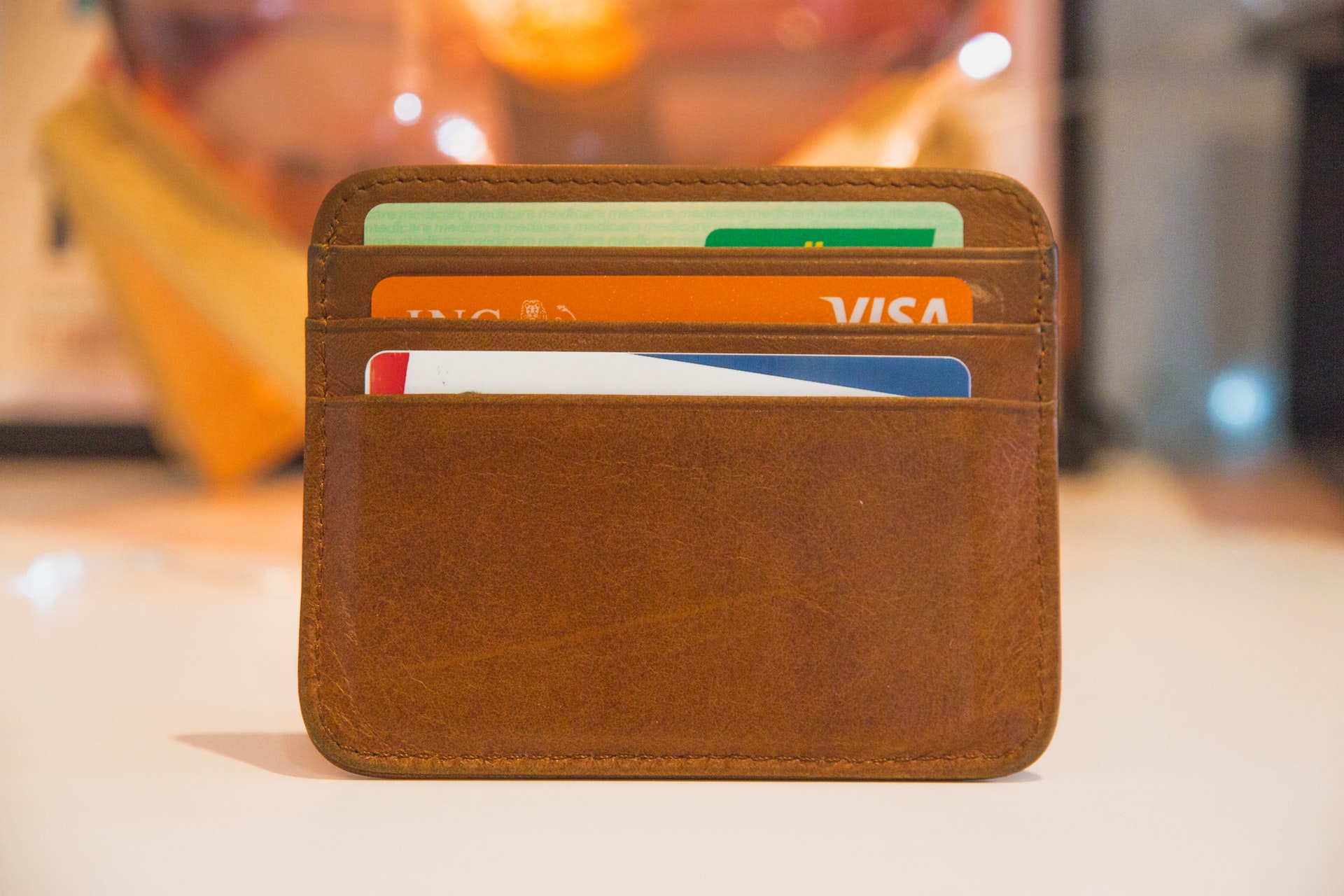If you’re using a credit card, you’ve probably heard of the term “APR”, but you may not fully understand what it is.
The APR is the Annual Percentage Rate attached to your card. In simple terms, it’s the percentage of your loan interest that will be paid by the end of the year. For example, if your credit or loan, is $2,000, and your APR is set at 10%, you’ll pay $200 annually.
When it comes to picking credit cards, you should always consider the APR of the card before applying. The lower your APR, the less interest you’ll have to pay off. Finding out your APR ensures that you get a good deal when using your card. So, what’s the highest APR you should accept when it comes to credit cards?

Variable APR or Fixed APR?
There are two different kinds of APR associated with credit cards, variable APR and fixed APR. A variable APR is the most common type used by credit card issuers today. A variable APR fluctuates depending on the market rate.
A fixed APR is a set rate and shouldn’t change no matter the market rate. Fixed APR cards are not as common and are typically found at smaller banks.
Different Types of APR
There are five total types of APR that are typically found on each credit card. Sometimes the rate will be the same across types, but in most cases, the APR differs.
The type of APR charged is dependent on the type of action you take with the card. They mostly depend on how fast you pay off your balance and how you used the card. The five types of APR are as follows.
-
Purchase APR
The most common and expected type of APR when it comes to credit cards is purchase APR. Credit cards typically offer credit for purchases. When it comes to purchase APR, all purchases not paid for by the end of your grace period incur this APR.
-
Balance APR
This is where balances transferred from other cards are charged an APR. There’s often no grace period involved with this APR as you’re charged from the moment the balance is transferred.
-
Introductory APR
You’ve probably heard of ads where the credit card issuer offers low introductory APR. It’s a common perk today as most cards offer as low as a 0% intro APR. This is usually set for a specific period of time as well. Simply put, you can carry a balance, in this case, without having to incur extra charges.
-
Penalty APR
One thing you don’t want to do with when it comes to credit cards is to make late payments. Most cards will increase your APR to a Penalty APR when you’re late with payments. You also risk your credit score when you make payments and your 0% intro APR bonus may be terminated as well.
-
Cash Advance APR
When you withdraw cash from your credit card, the card will charge a cash advance fee. Also, the APR charged for a cash advance is usually higher than when you make a purchase. With this type of APR, there is no grace period as well.
What Is a Good APR and How Do You Qualify?
The average APR is 20.40% according to the Federal Reserve. In general, most cards charge anywhere from 15% to 30%, depending on the card, and the client’s creditworthiness.
When it comes to qualifying for a lower APR, you must consider your credit score as it plays a major part in the APR you will be approved for. The higher your credit score, the more likely you are eligible for a low APR. If you have a low credit score, you may not have much say in the highest APR you can accept.

Conclusion
When looking for a credit card, it is wise to take a long look into the APR of the card. It makes it easy for you to qualify for the lowest if you have a good score. Also, the faster you pay your balance the better when it comes to APR.
Disclaimer: All credit products carry risk. Be aware of these risks by reading the associated terms and conditions.
